Picturesquely situated at the foot of the Alps, in the Inn River valley, Innsbruck is a wonderful city in Austria. Winter sports are a real showcase of the city – Innsbruck hosted the Winter Olympic Games twice (in 1964 and 1976), it also organized the Nordic Ski World Championships (1933) and co-organized Euro 2008. The famous Four Hills Tournament takes place every year at the Bergisel ski jump. It is also worth seeing the monuments and taking a cable car ride with a view of the city’s wonderful panorama.

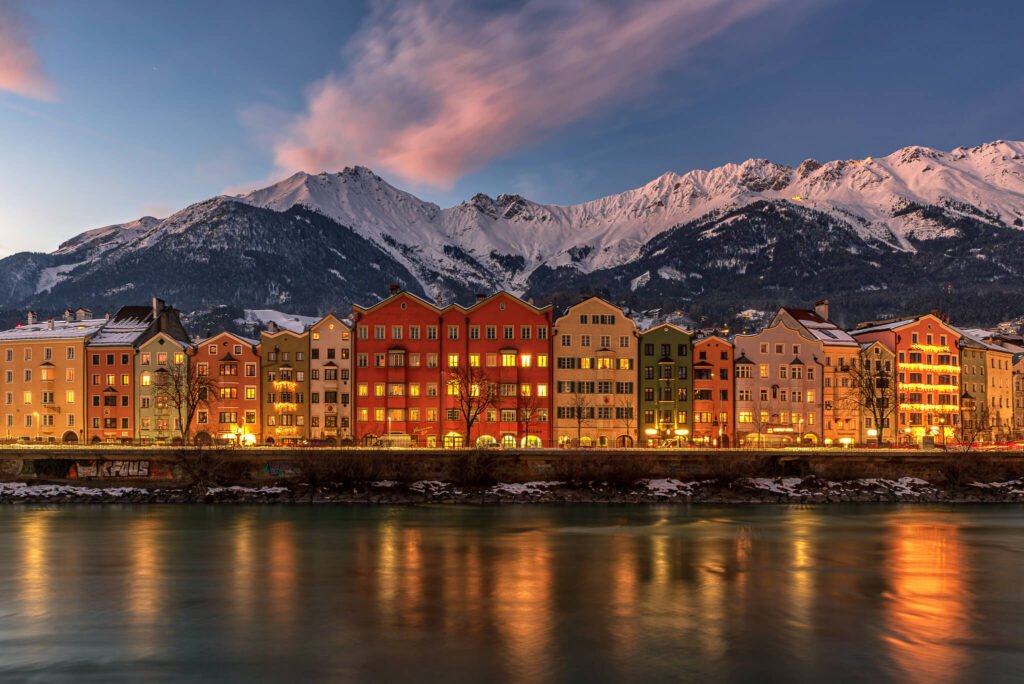
Location
Innsbruck is a city in western Austria, and the capital of the state of Tyrol and the district of Innsbruck-Land, to which the city does not belong. It is located at an altitude of 574 m above sea level. (in the Alps) in the Inn valley. About 30 km south of the city is the Brenner Pass.
Alpine Zoo in Innsbruck
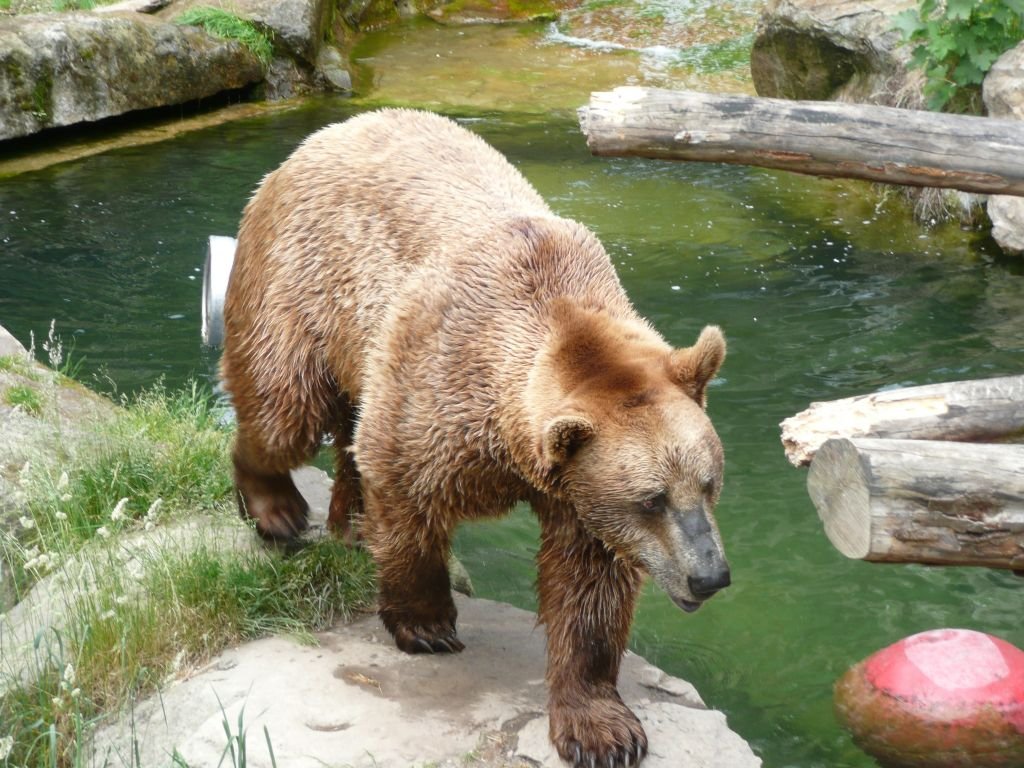

Go with the whole family to a unique place, the Innsbruck Zoo, which was established in 1962. The garden has an area of approximately 5 ha, is one of the highest zoos in Europe and is inhabited by two thousand animals from 150 species. The Alpine Zoo is open all year round – some animals, such as reptiles, amphibians and marmots, sleep throughout the winter, but most are awake. The garden is a member of the WAZA and EAZA associations.

Amraser Straße swimming pools
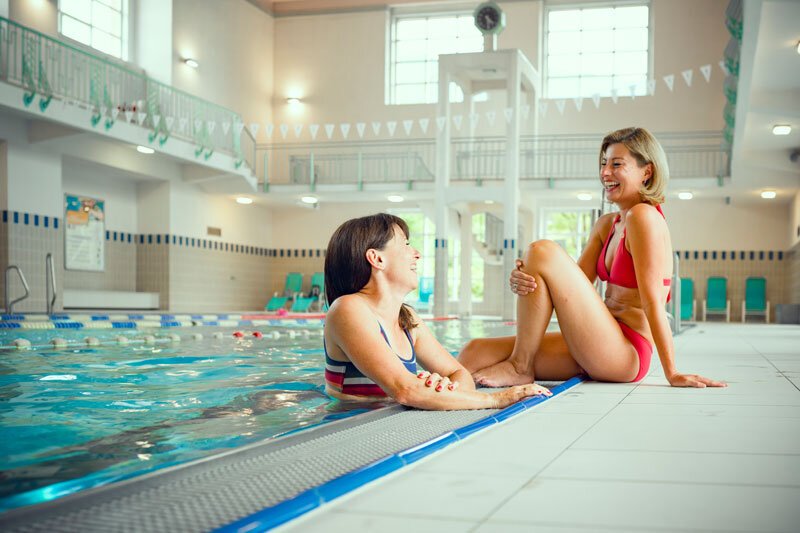
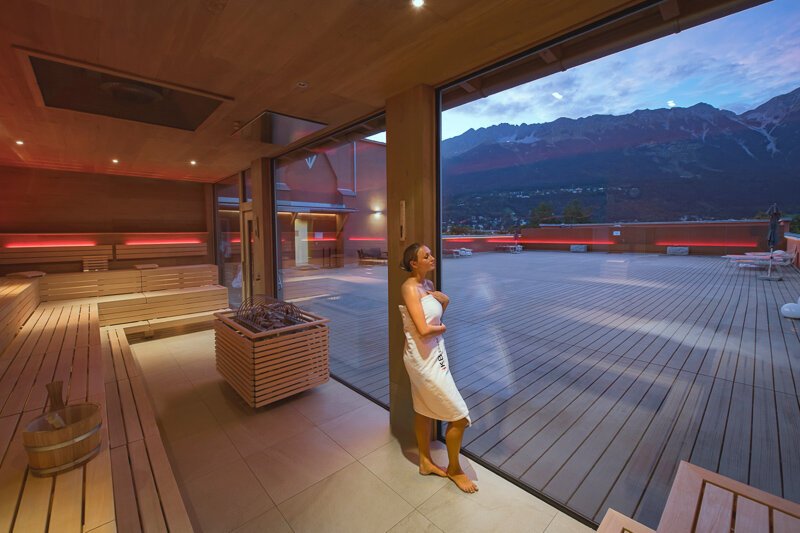
Hallenbad Amraser Strasse is an indoor swimming pool located in Innsbruck. This facility provides a refreshing and enjoyable experience for visitors of all ages. On Hallenbad Amraser Strasse is a popular destination for families and individuals looking to indulge in some aquatic fun.
Olympisches Dorf swimming pools
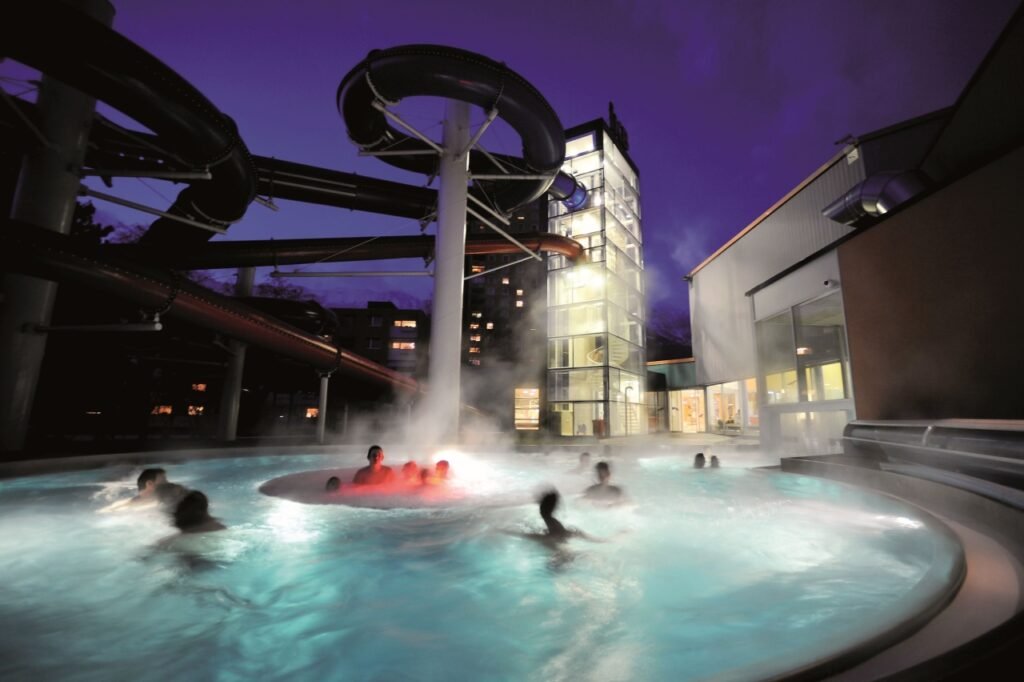
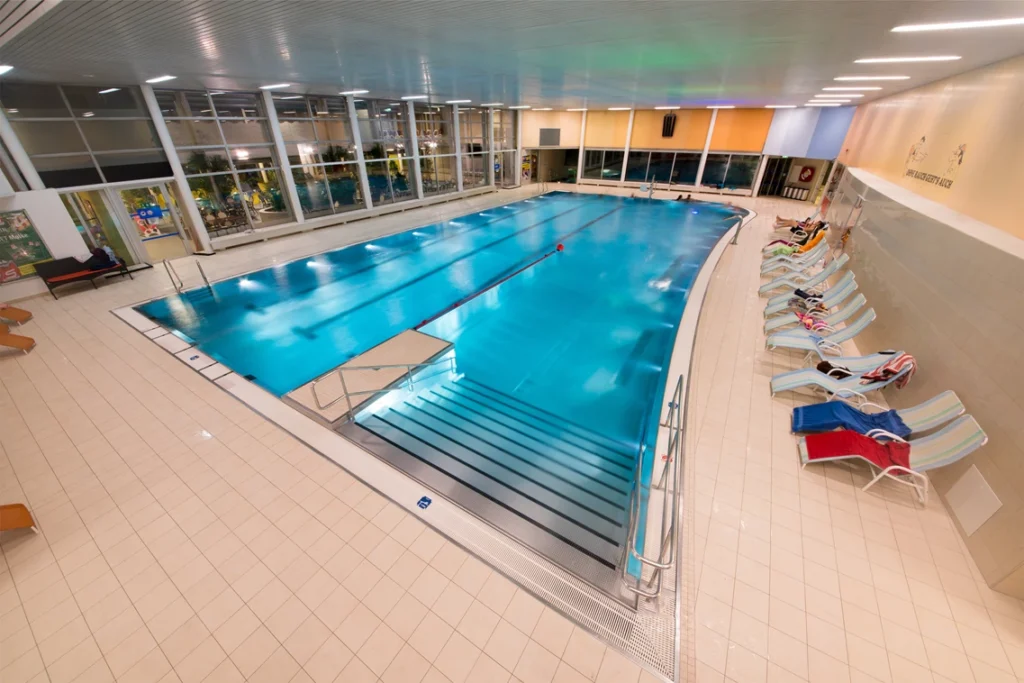
The Olympisches Dorf indoor adventure and family pool offers many attractions for young and old. The indoor pool on the outskirts of Innsbruck has a heated outdoor pool all year round, racy slides, a palm garden and saunas. Plus point: it is easily accessible by public transport. (Innsbruck Hallenbad O-Dorf stop).
Innsbruck historic old town


Innsbruck’s Old Town is one of the highlights of Tirol’s capital city. Colorful, tall house fronts hiding palaces and art galleries line classically Austrian streets. Stroll along cobbled paths to visit some of the architectural and cultural highlights of Innsbruck.Climb up the 148 steps of Innsbruck City Tower for the best views of the old town.
Bergisel ski jump in Innsbruck
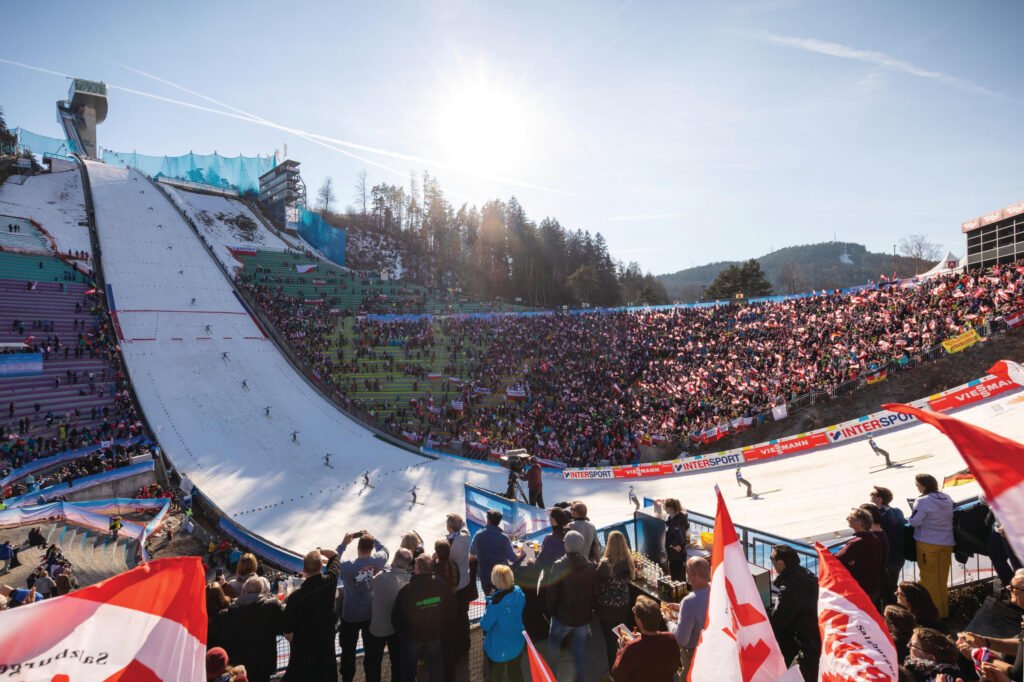
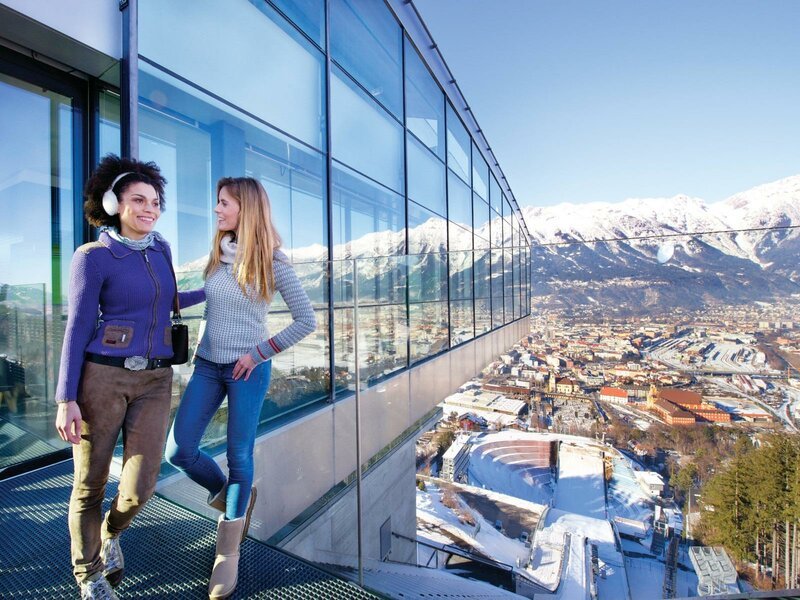
The Bergisel ski jump is a great attraction for ski jumping enthusiasts, which everyone has probably heard about. The ski jump is located on the slope of the Bergisel mountain overlooking the center of Innsbruck and forms a beautiful dominant landscape. It is organized every year in Innsbruck Four Hills Tournament (ski jumps: in Oberstdorf (GE), Garmisch-Partenkirchen (GE), Innsbruck (AT) and Bischofshofen (AT). Two elevators take guests to the cafe located over 40 m above the mountain peak and to the observation deck from which you can admire the city panorama.

Prześlij opinię
Innsbruck Nordkette Cable Cars – Top of Innsbruck
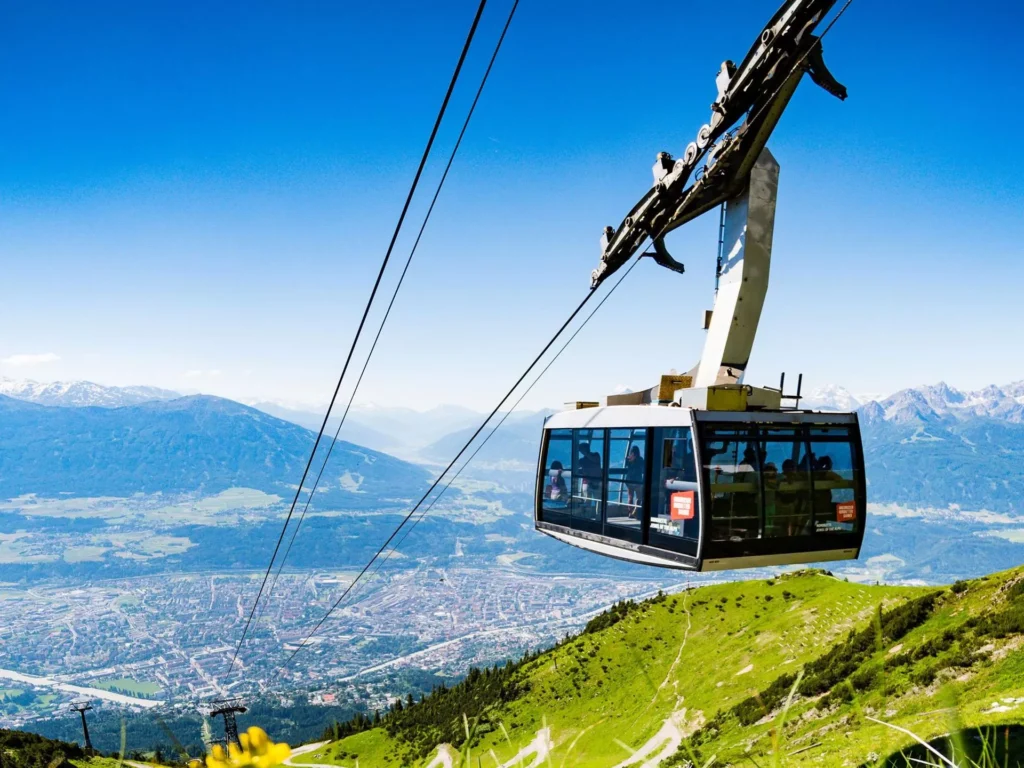

The Nordkette Cable Car in Austrian Tyrol is a gondola lift from Innsbruck to Nordkette, the southernmost Karwendel mountain range. It runs in two sections, from the Innsbruck district of Hungerburg via Seegrube station to the Hafelekar upper station.

Hofkirche manor church in Innsbruck
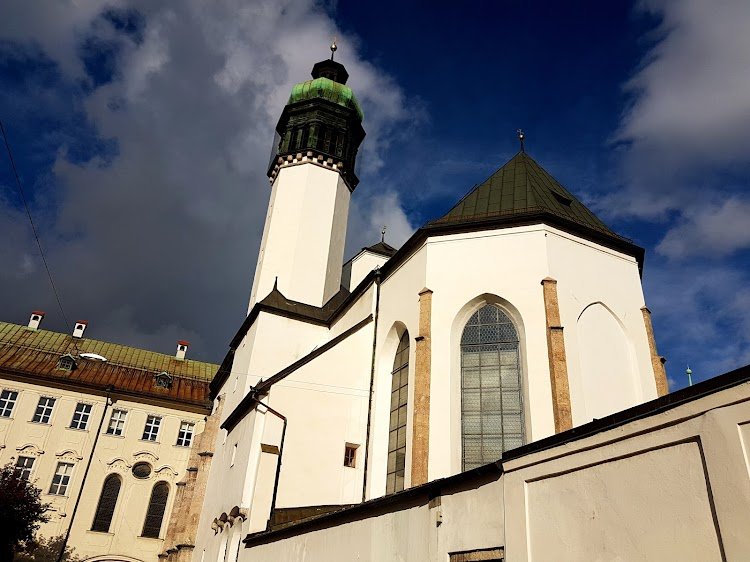
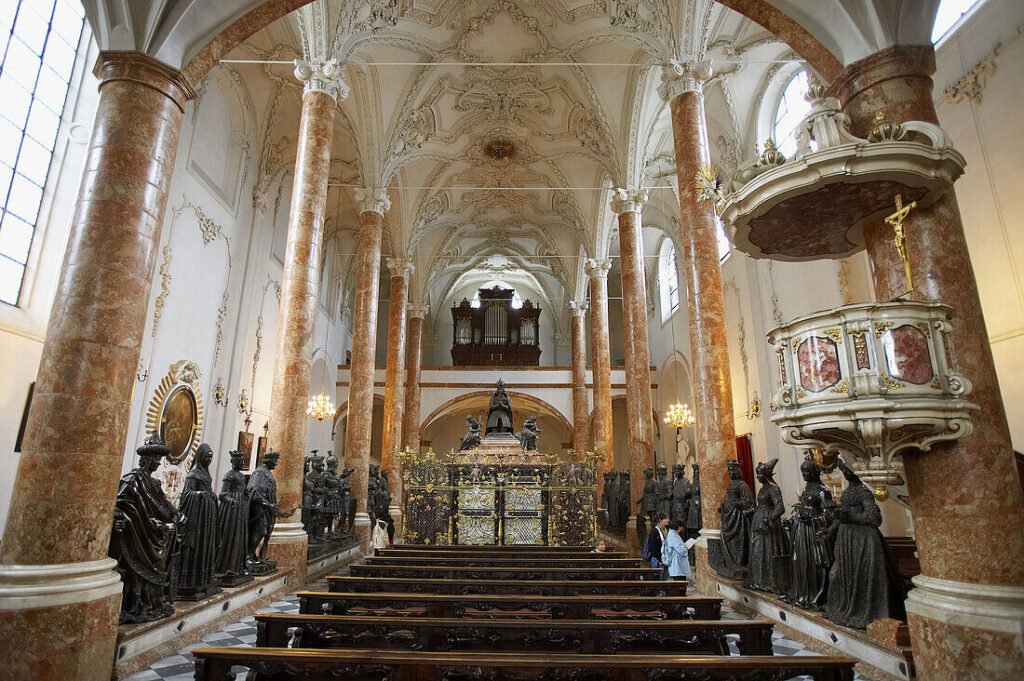
The Hofkirche is a Gothic church located in the Altstadt part of Innsbruck. The church was built in 1553 by Emperor Ferdinand I as a monument to his grandfather Emperor Maximilian I, whose cenotaph inside boasts an extraordinary collection of German Renaissance sculpture. Today the Hofkirche is the most important monument in Tyrol and the greatest imperial grave in Europe.
Tyrol Panorama and Kaiserjäger Museum
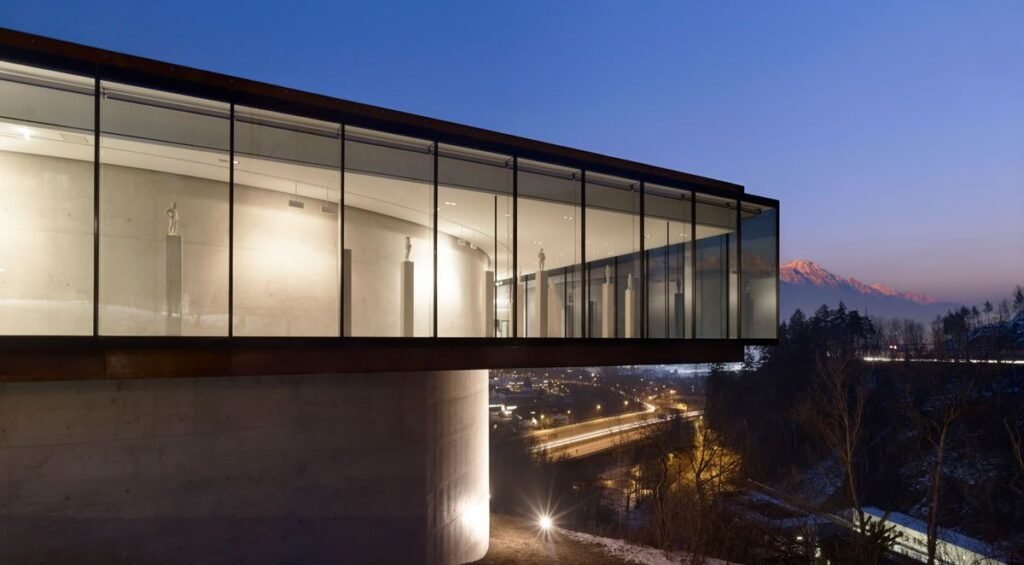
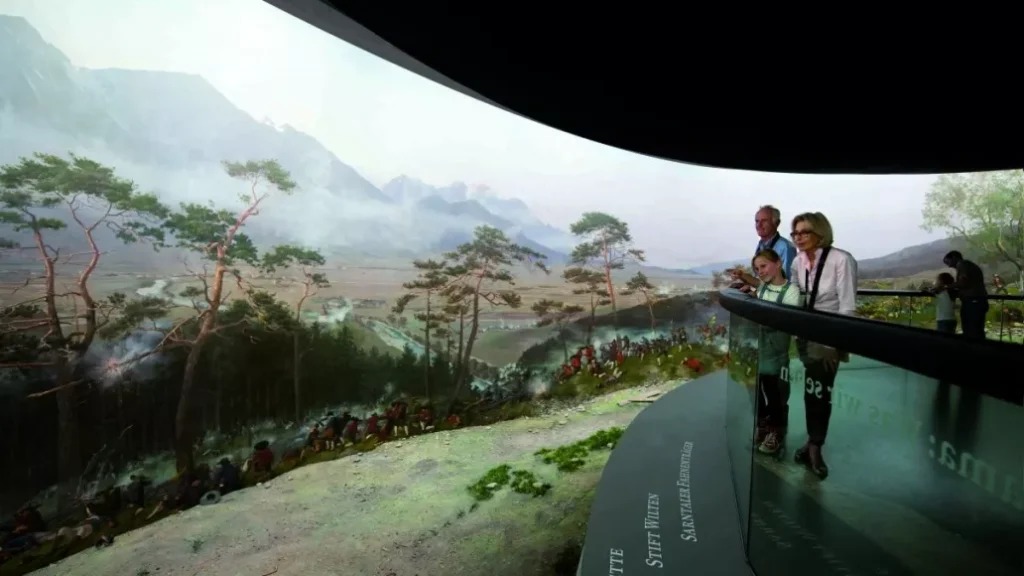
The TIROL Panorama Museum gives a comprehensive and diverse insight into this exciting and complex topic. The Giant Panoramic Painting is a piece of 360° art that covers a 1,000 m² canvas and portrays a fascinating and breathtaking view of the Tyrolean fight for freedom.
Ambras Castle in Innsbruck
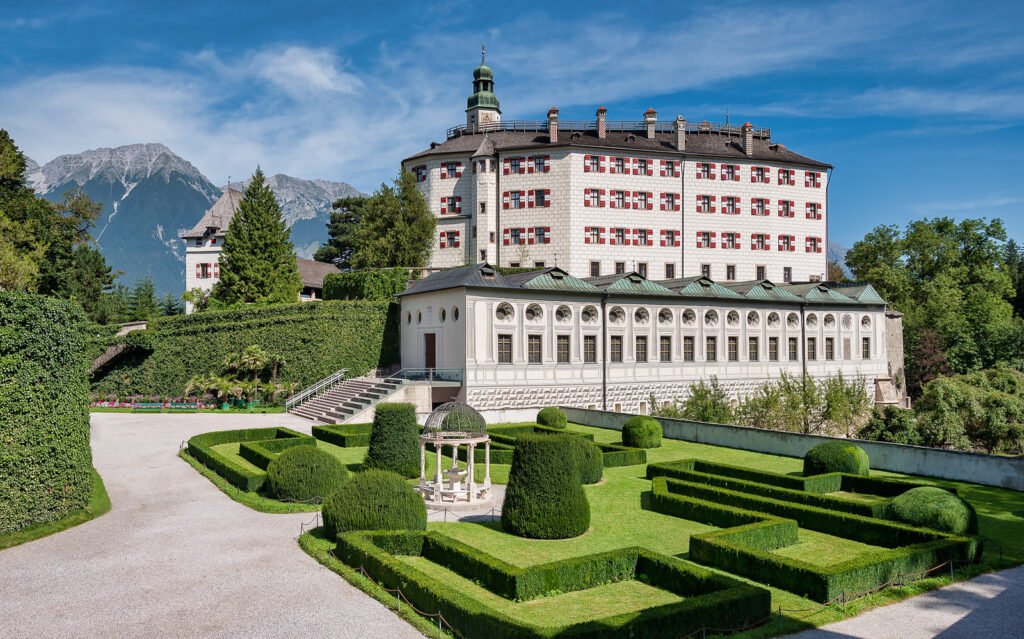
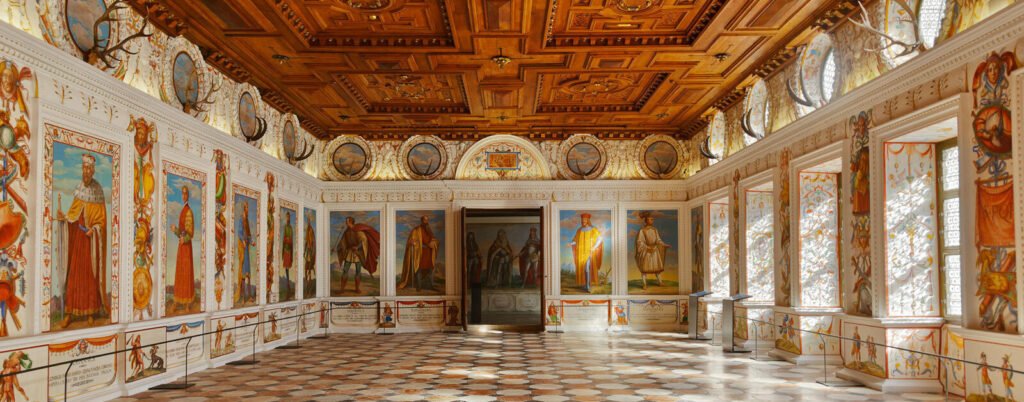
Picturesquely situated on a hill high above Innsbruck, Ambras Castle is the centerpiece of a charming English landscaped garden with a playground. In 1363, the castle was in the hands of the Habsburg dynasty. The beautifully preserved romantic Renaissance-style castle houses the oldest collection of works of art, armory and books in Europe. The renowned Portrait Gallery contains over 200 paintings of exceptional historical and artistic value, reflecting the period of the Habsburg dynasty.
Hofburg Imperial Castle in Innsbruck


Hofburg Palace in Innsbruck – imperial palace from the 15th century in Innsbruck, Austria; former Habsburg residence; one of the city’s main historical tourist attractions, an immovable monument of Tyrol.

Golden Roof
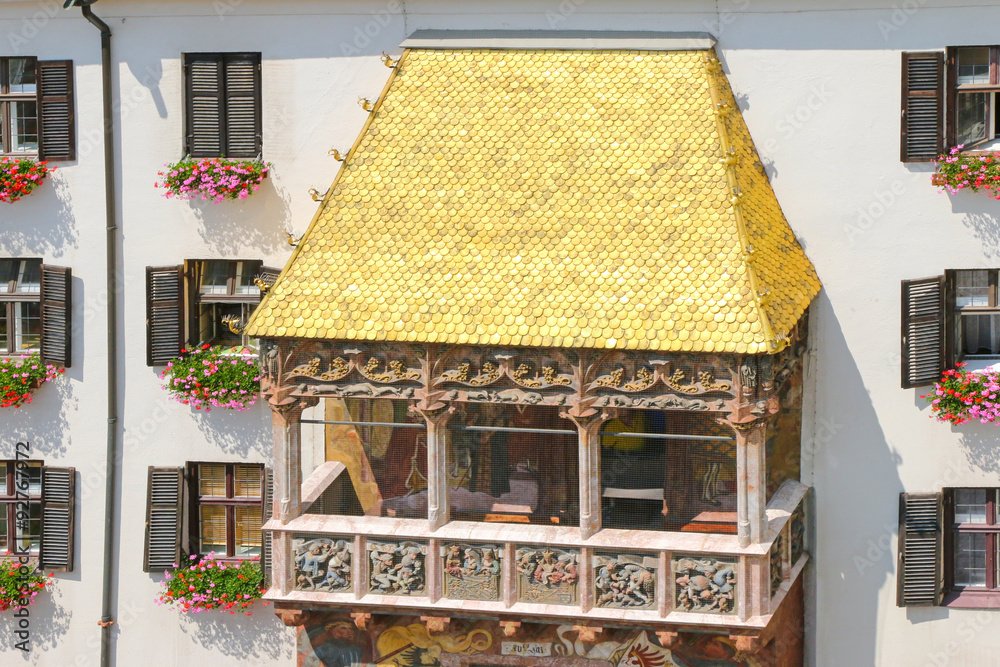
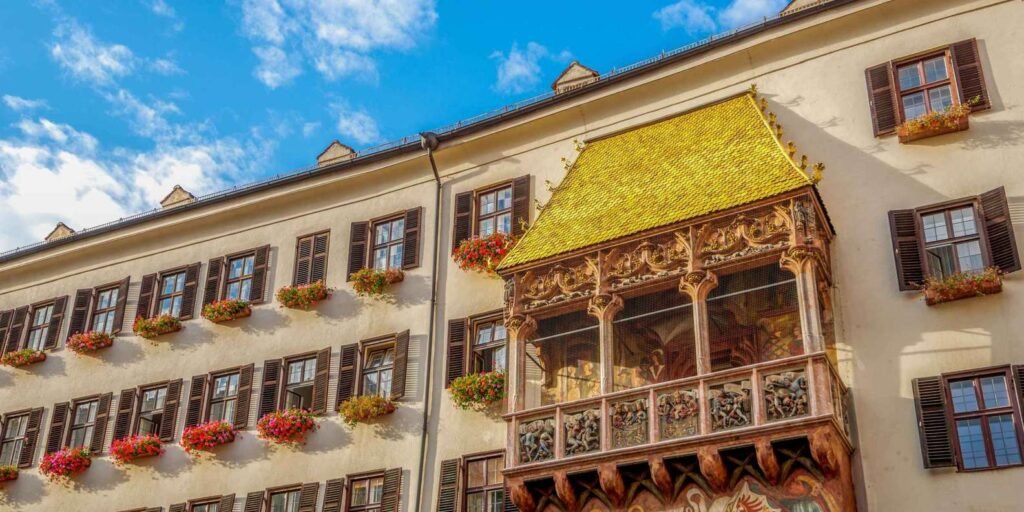
In the heart of the historic centre, there is the world-famous Golden Roof, the symbol of Innsbruck. The emperor Maximilian I (1459 – 1519) had the late Gothic bay built on the occasion of his wedding around 1500 AD in order to defeat the rumours regarding the imperial financial difficulties. Moreover it served as lodge in different performances and tournaments.
Below the fringe of the roof you can see many animal figures. The parapet, however, is ornamented with reliefs by Kolderer. Nowadays six of the original tiles can be admired in the Golden Roof Museum.
Helblinghaus

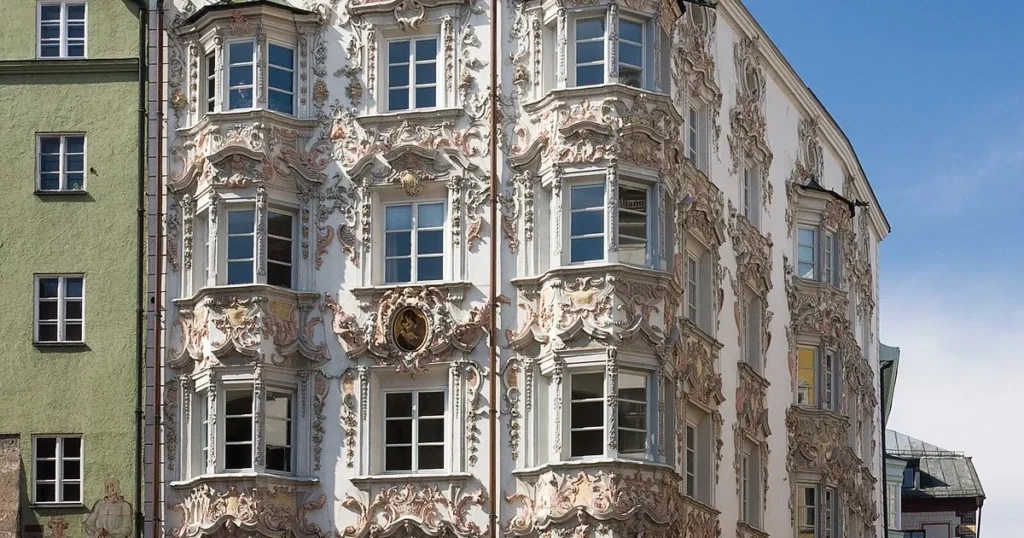
Located opposite the golden roof the five-storey corner building, prominently located at the junction of the upper and lower city squares, is an especially splendid example of the Baroque redesign of older Tyrolean buildings. The original structure was built in the 15th century, but has expanded significantly over the following centuries with new architectural styles.
Maria-Theresien-Straße (Mari Theresy Street)

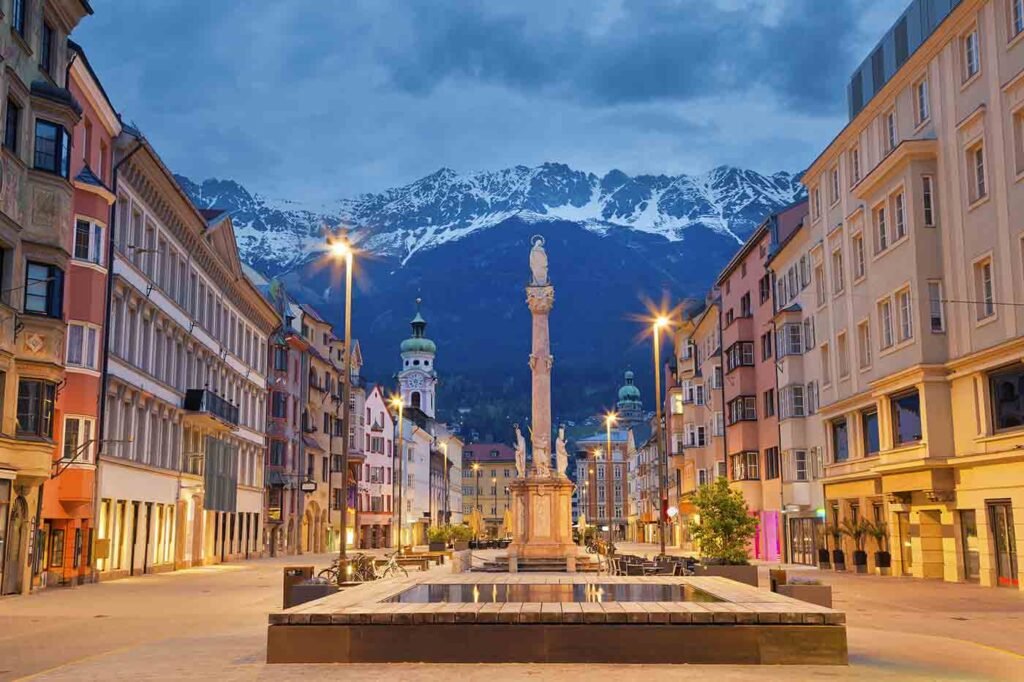
Maria Teresa Street is famous street of Innsbruck. You will visit shops and churches here and admire the architecture. Some monuments here are iconic and the atmosphere is amazing thanks to the impressive Alps in the background. You can’t miss Maria Teresa Avenue.
Tiroler Landestheater
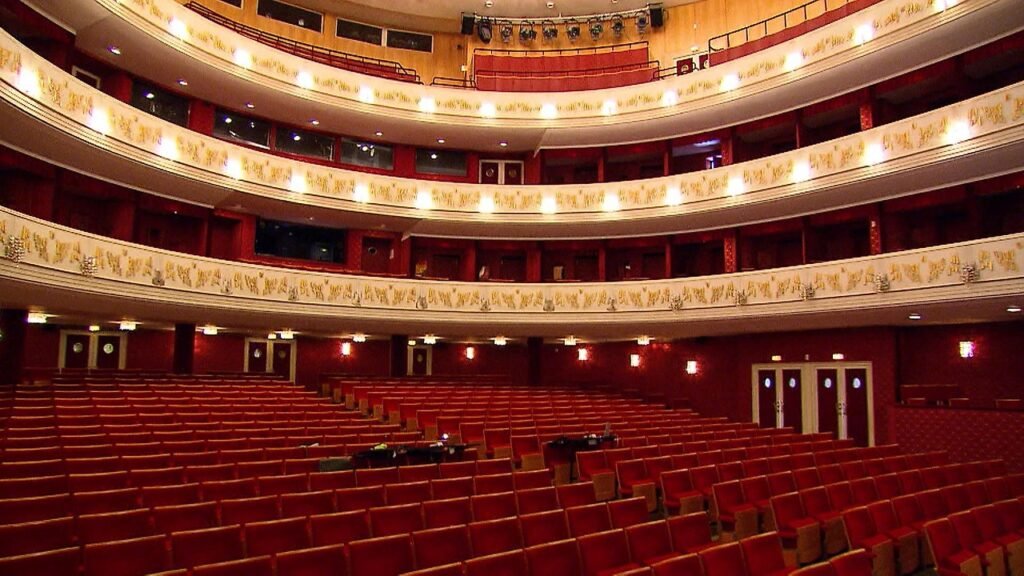
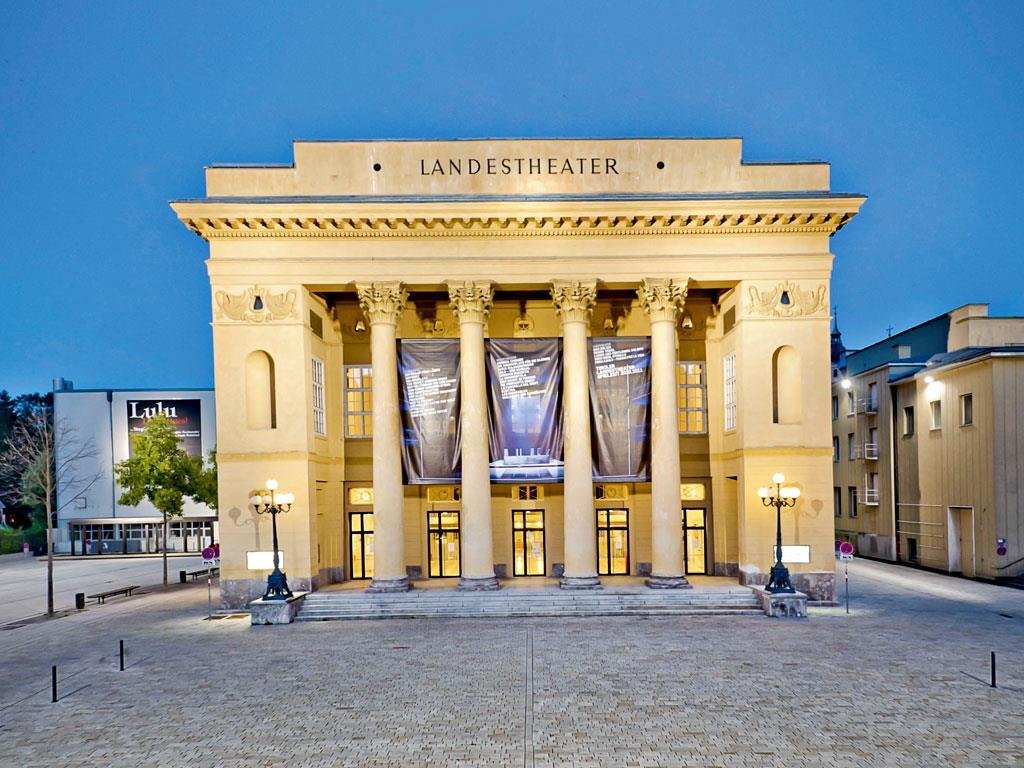
The Tiroler Landestheater is the city’s cultural center, offering a rich repertoire of theater performances, operas, ballets and concerts. The theater building, situated in a picturesque Alpine setting, dates back to the 19th century, when it first opened its doors to the public. Since then, the Tiroler Landestheater has become one of the most important places for promoting theater art in the region.
